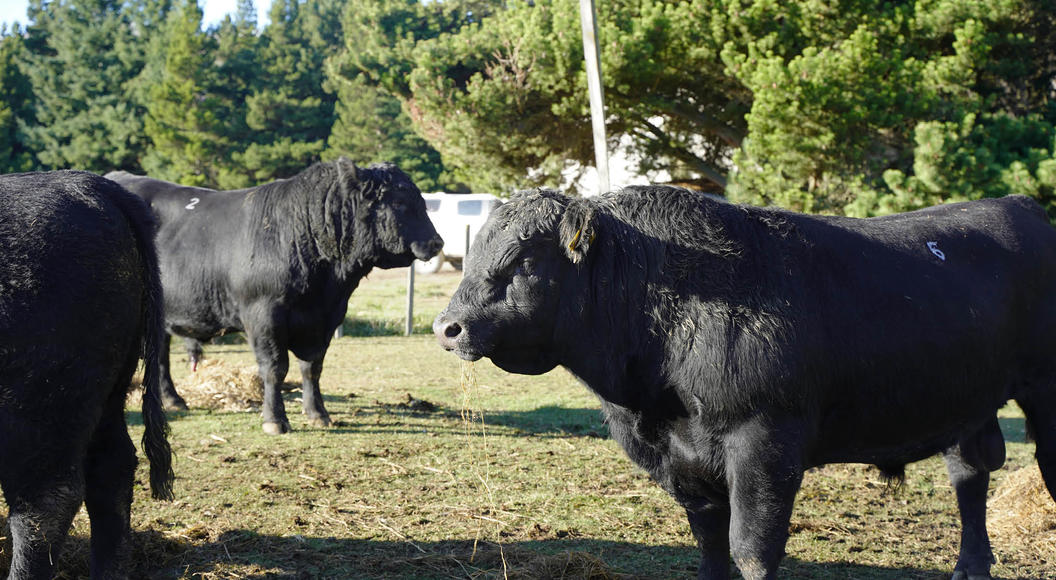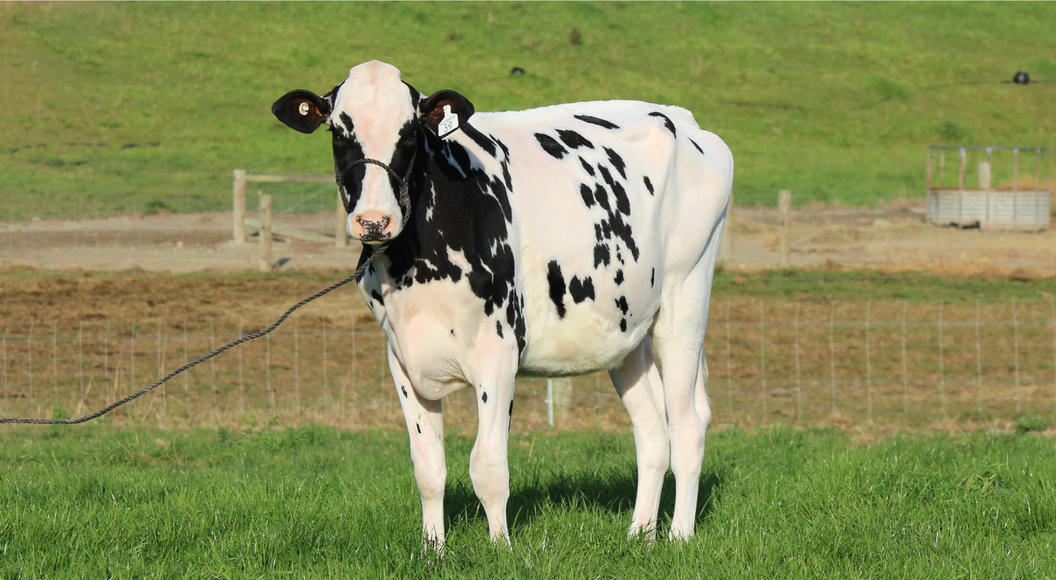
Livestock report: Self-shedding Wiltshire sheep fetch top prices
Self-shedding Wiltshire sheep are bringing in high prices at the moment, says PGG Wrightson’s Regional Livestock Manager - Te Kuiti, Kevin Mortensen.
Mortensen told The Country’s Jamie Mackay that breeding ewes were fetching up to $500.
The sale happened last week, at a yarding of around 5800 sheep, Mortensen said.
There was a range on offer - from capital stock flock through to four-tooths, four-year-olds, five-year-olds and a large number of lambs, he said.
“The feature pen … was a capital stock line of two-tooths which sold for $500 but they were outstanding sheep.”
It was an “outstanding flock” as well.
“The mixed-age ewes were 195 per cent scanning,” Mortensen said.
“The two-tooths - their five-year average was 185 per cent scanning and the ewe lambs – their last five-year average was 135 per cent scanning.
Mortensen said the vendors had done “a lot of work” on facial eczema resistance as well and this, along with strong fertility, made the sheep “very well sought after”.
This was reflected in the capital stock ewe lambs prices, he said.
“They made $410 as well”.
There was an elephant in the room though - people were paying top dollar for sheep that don’t produce wool.
For more traditional breeds, the return on the wool wasn’t worth the price to shear it off, Mortensen said.
“It’s leaving quite a big negative.”
However, good sheep commanded good prices and this was true for the Wiltshire, he said.
“The buying power – it shied off the half and three-quarter bred shedders so you know – the good quality was selling well.”
Cattle sales
Meanwhile, the store cattle market was busy in the upper half of the North Island, Mortensen said.
“We started back up here in the King Country on January 3 and we had five cattle sales in a row.”
A bullock fair in Te Kuiti was a success, he said.
A lot of the heavy bullocks (over 700kg) were going for $295 to $305 a kilo and “the lighter they got the dearer they got”.
Mortensen said clients had prime stock ready to go, but an excess of feed, coupled with the prime market and the store market being “out of kilter” meant they were “hanging on and making their cattle heavier”.
Lambs
There wasn’t as much confidence in lambs at the moment, Mortensen said.
“The lamb job’s probably a little bit stickier”.
There was a preference for shorn store lambs which was having an effect on weight and therefore prices, he said.
“Most people won’t even look at a woolly store lamb now”.
The North Island was struggling for numbers too, Mortensen said.
While they were “swimming” in cattle feed, it was a different story for lambs.
“With the amount of feed we’ve got our lambs are struggling too, we’ve been going through a lot of lambs to get not many, probably [due to] a lack of lamb feed.”


